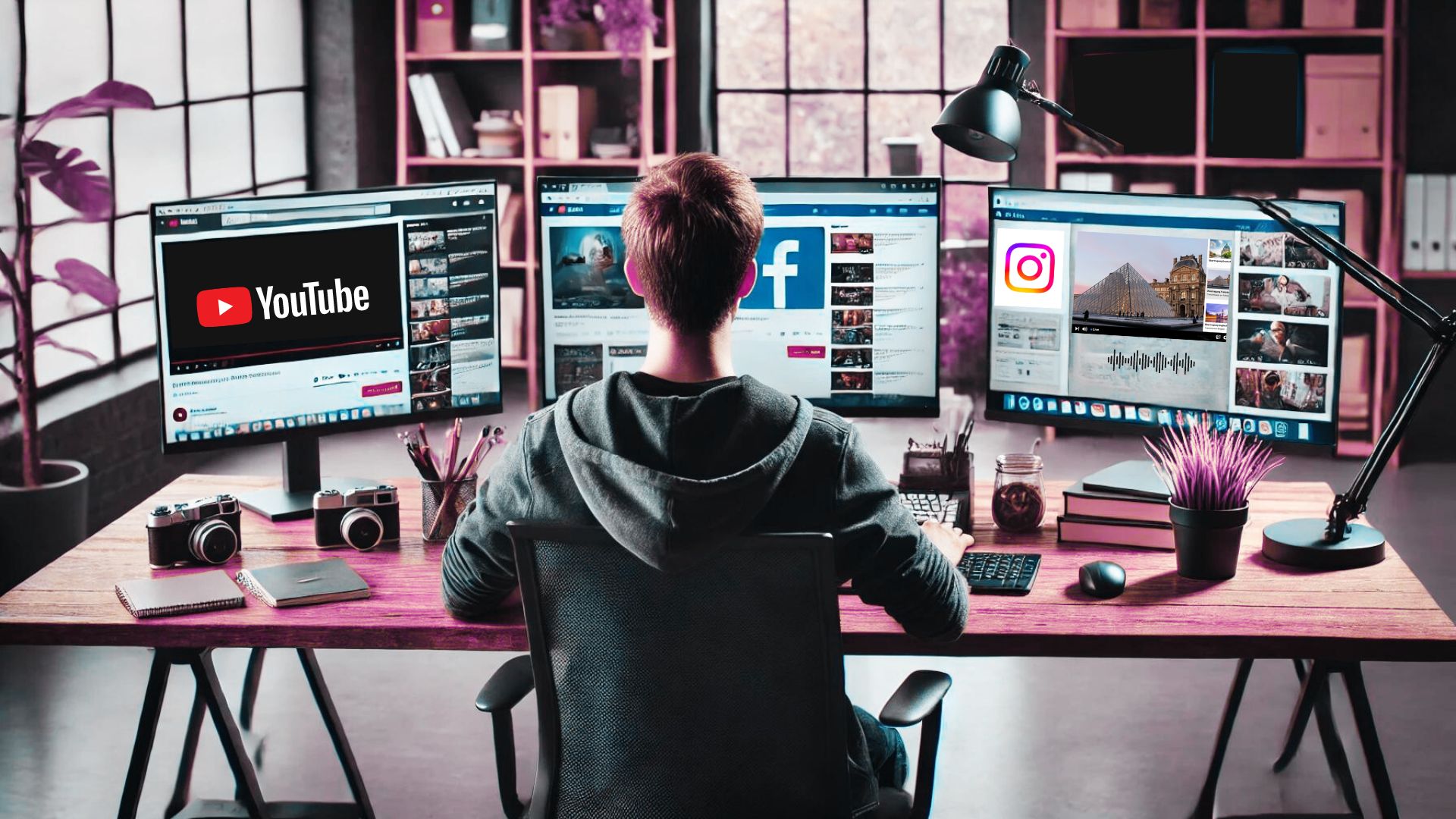The downsides of streaming

Whether via Netflix, Amazon Prime Video or one of the countless other providers — streaming has become an integral part of our everyday lives. In recent years, the industry has experienced an unprecedented boom, reinforced not least by the Corona crisis. The selection on the various platforms is now gigantic and the number of users is also constantly growing. No wonder, with such a huge range of offers, there really is something for everyone. But doesn't streaming also have sites that like to be swept under the table?
Streaming online videos accounts for around three quarters of today's global data traffic. During the highlights of the corona pandemic, when screen time skyrocketed for most people due to curfews, the Internet infrastructure within the EU was so heavily loaded that even the transmission capacity itself was threatened. Working from home — this was only possible thanks to an agreement between the EU Commission and the managers of the leading entertainment platforms, according to which the picture quality of entertainment services was reduced to ensure sufficient bandwidth for working from home. Although this temporarily fixed a problem, servers running constantly at full speed have a negative effect in completely different ways.
Climate killer streaming?
The fact is: Running servers creates CO₂. As a result, streaming also has a negative impact on the climate to the extent that it is operated today. The good news: Both users and companies can do something about it and at least make a contribution so that watching videos doesn't become a climate killer. A first major step in the right direction is climate- or CO₂-neutral servers, which are best operated with green electricity. There are also a few practical tips for users on how to save a lot of server power with little effort. This includes, for example, not playing music videos if you don't watch them at all or downloading the desired tracks instead of streaming them anew every time. The automatic playback of videos on various platforms can also be switched off to save CO₂. And let's be honest: Do we really have to look at our mobile phones while a stream is running on the television, laptop or tablet? So-called second and third screen use is not only bad for the climate, but also bad for health.
Newsletter
Abonnieren Sie unseren monatlichen Newsletter, um immer auf dem Laufenden zu bleiben!


